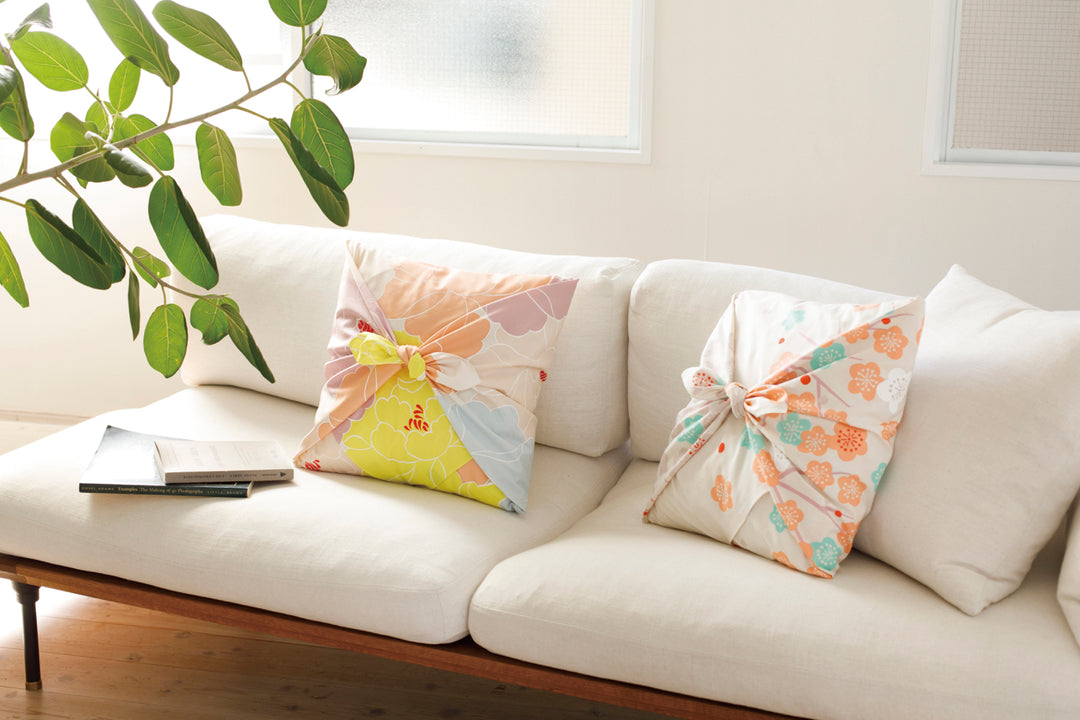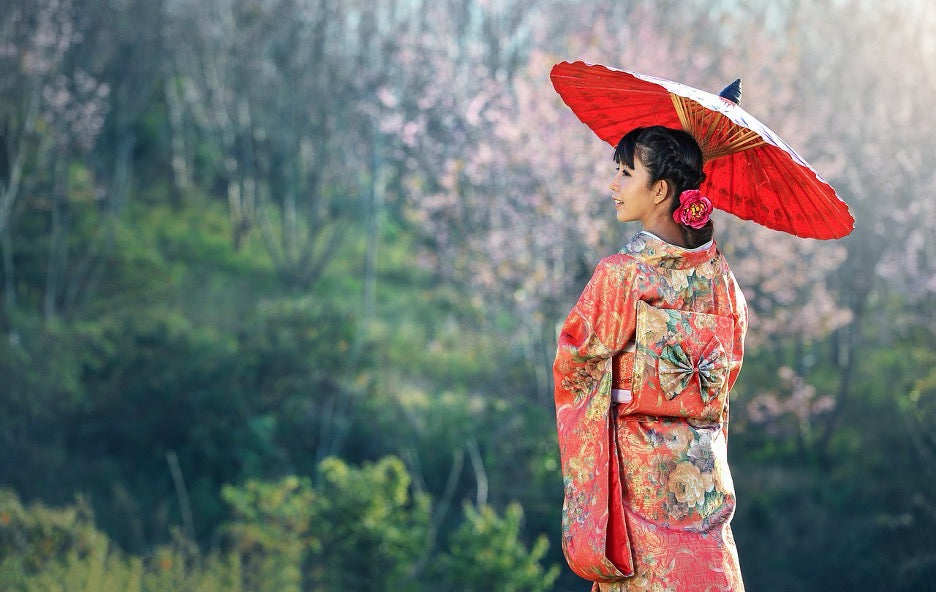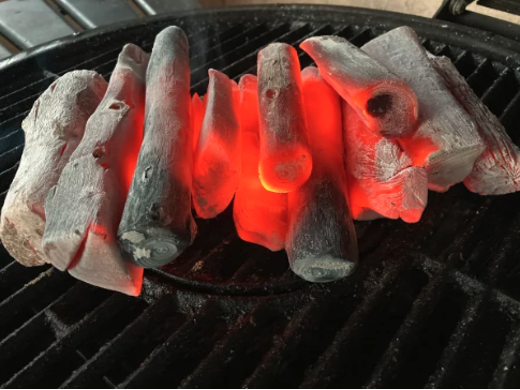Furoshiki vs Tenugui, What's the Difference?
Essentially they’re both multi-purpose pieces of cloth, but when it comes down to the nitty gritty there are a few key differences between furoshiki and tenugui, and these differences mostly have to do with functionality and the item’s purpose. However, they can both be used as wall hangings.

Tenugui are a little thinner than furoshiki; they’re made from easy to dry cotton because, as their name suggests (te 手, hand, and nugu 拭, wipe) their main reason for existence is for personal uses like drying hands, and wiping away sweat. Tenugui are a little smaller too, like a slightly narrower version of your regular dishcloth. Because they’re made for more personal uses, and not necessarily for show, the edges of tenugui typically aren’t stitched. There’s no real reason to add a hem other than the aesthetic, so it’s usually left raw.

A furoshiki, on the other hand, is the showier of the pair. Because it's often used as gift wrapping, or for carrying around larger, bulkier items - that people may see - the aesthetics are a little more considered. Furoshiki can be made from more expensive materials such as silk, and often feature beautiful and elaborate hand-painted designs.

The edges of a furoshiki cloth are typically hemmed to prevent fraying. This stitching is not just for show, it’s also because in its regular daily use, the furoshiki may be exposed to rougher settings. A furoshiki is used for things like carrying loads of books or protecting a tall glass sake bottle on its journey to a picnic in the park. The furoshiki was originally used in onsen culture, so to successfully transport larger items like clothes and washing products, the size of the furoshiki has become a little larger too.
(Content from https://japanobjects.com/features/furoshiki)





